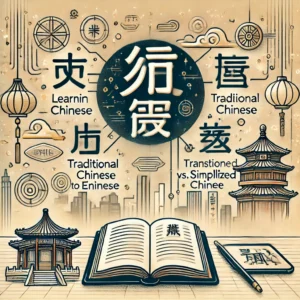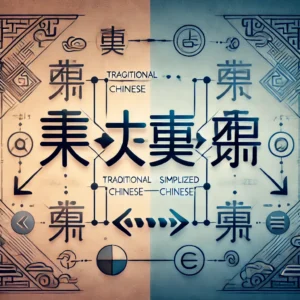
Why Learn Chinese?
With over a billion speakers, Chinese is the most spoken language globally. As China continues to play a significant role in international affairs, the ability to understand and communicate in Chinese is becoming increasingly valuable. Whether for personal interest, career advancement, or travel, learning Chinese can significantly enrich your life.
Chinese to English: Tips for Effective Translation
Translating Chinese to English can be challenging due to the differences in grammar, syntax, and cultural context. Here are some tips to help you navigate this process:
1. Understand the Context
Chinese characters often have multiple meanings depending on context. Before translating, make sure you understand the context of the sentence or phrase. This is especially important in business or legal documents where precision is crucial.
2. Use Reliable Translation Tools
Online translation tools like Google Translate or DeepL can be useful, but they aren’t always accurate. For more precise translations, especially for complex texts, consider using professional translation services or software like SDL Trados.
3. Learn Basic Chinese Grammar
Understanding basic Chinese grammar can significantly improve your translation accuracy. Unlike English, Chinese grammar is relatively simple, but it requires practice to master. Familiarizing yourself with sentence structures and common phrases will help you translate more effectively.
4. Cultural Nuances Matter
Language and culture are deeply interconnected. When translating, be aware of cultural nuances that might affect the meaning of words or phrases. For example, certain idioms or expressions may not have a direct English equivalent, requiring a more interpretative approach.
How to Learn Chinese: Best Practices and Resources
Learning Chinese might seem daunting at first, but with the right approach, it can be an enjoyable and rewarding process. Here’s how to get started:
1. Start with Pinyin
Pinyin is the Romanized version of Chinese characters, and it’s essential for beginners to learn pronunciation. Mastering Pinyin will help you read and pronounce Chinese words correctly.
2. Focus on Common Characters
Start by learning the most commonly used Chinese characters. Apps like Skritter and Pleco offer flashcards and writing practice, making it easier to memorize and recognize characters.
3. Immerse Yourself in the Language
Immersion is one of the most effective ways to learn a new language. Watch Chinese movies, listen to Chinese music, and try to practice speaking with native speakers. Platforms like HelloTalk and Tandem connect you with language exchange partners worldwide.
4. Enroll in Online Courses
Structured learning is crucial for mastering a language. Online courses like those offered by Coursera, edX, or Yoyo Chinese provide comprehensive lessons that cover speaking, reading, writing, and listening skills.
5. Practice Regularly
Consistency is key when learning a language. Set aside time each day to practice, whether it’s reviewing vocabulary, writing characters, or listening to Chinese podcasts. Regular practice will reinforce your learning and help you retain information better.
Traditional Chinese vs. Simplified Chinese: What’s the Difference?
Understanding the difference between Traditional and Simplified Chinese is important for both learners and translators. Here’s a breakdown:
1. Historical Background
Traditional Chinese has been used for thousands of years and is still prevalent in Taiwan, Hong Kong, and Macau. Simplified Chinese was introduced in the 1950s by the Chinese government to increase literacy rates by simplifying the number of strokes in characters.
2. Geographic Usage
Simplified Chinese is used in Mainland China, Singapore, and Malaysia, while Traditional Chinese is used in Taiwan, Hong Kong, and Macau. If you’re learning Chinese for travel or work, knowing which script is used in your destination is essential.
3. Learning Both Scripts
- While Simplified Chinese is generally easier to learn due to fewer strokes, knowing Traditional Chinese can be beneficial, especially if you plan to interact with communities or read literature from regions where Traditional characters are used.
- Many resources are available for learning both scripts, including dual-script dictionaries and online tools like YellowBridge and MDBG.
4. Translation Considerations
When translating between Traditional and Simplified Chinese, it’s not just a matter of converting characters; the meaning and context must also be preserved. Some words may have different meanings or usage depending on the script.

Conclusion: Mastering the Conversion from Traditional Chinese to Simplified Chinese
Whether you’re translating Chinese to English, learning the language, or trying to understand the differences between Traditional and Simplified Chinese, the key is to approach the process with patience and the right resources. With consistent practice and a solid understanding of the cultural and linguistic nuances, you can master Chinese and open up a world of new opportunities.
The Best Way to Learn Japanese: Your Ultimate Guide to Mastering Japanese Online

